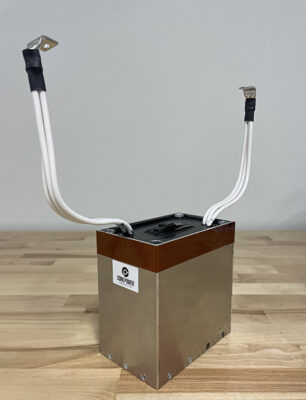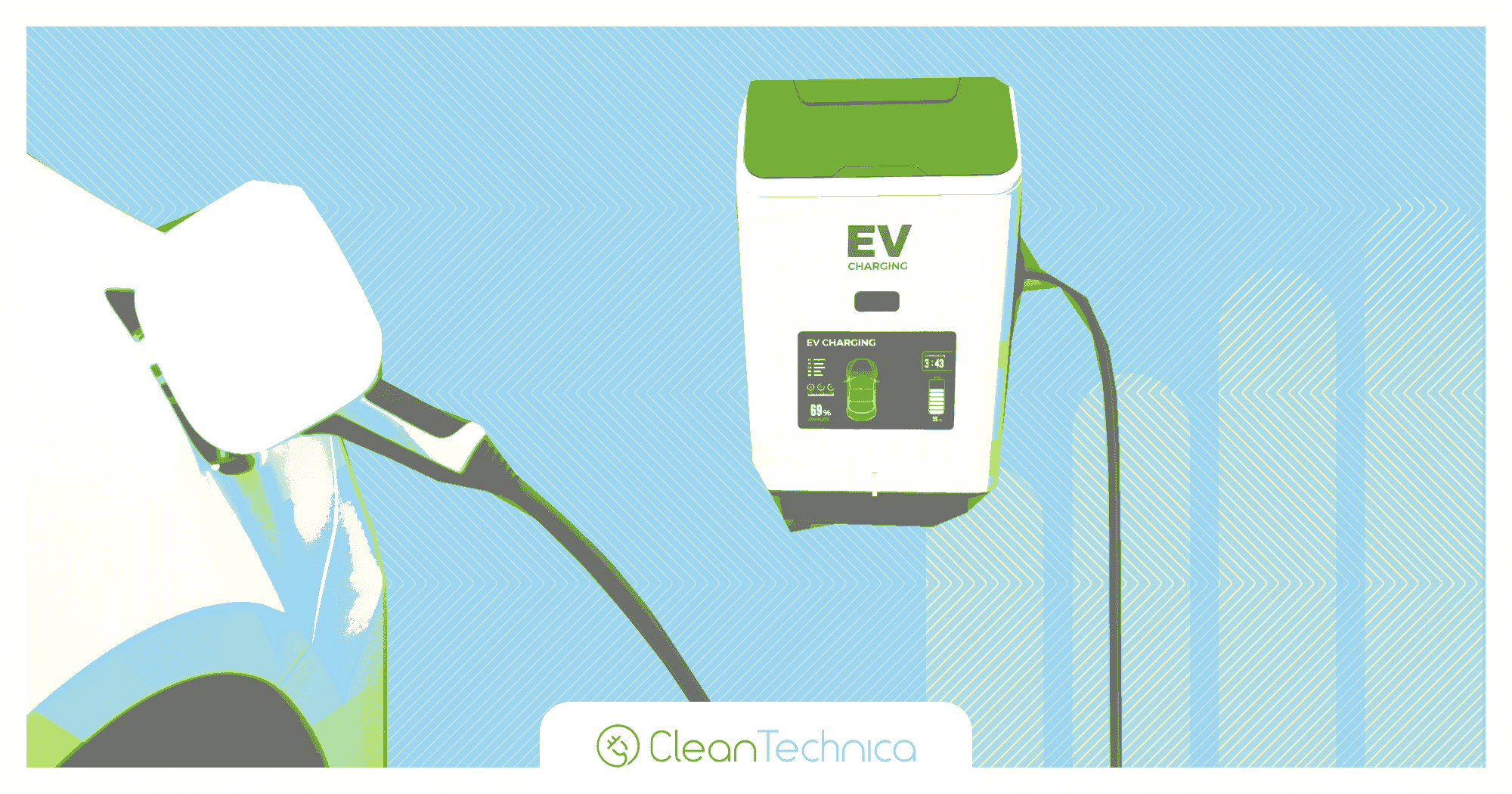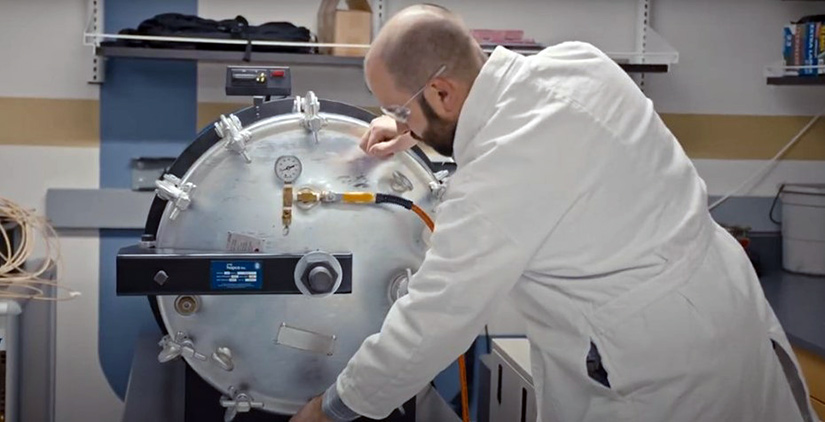IN² Demonstration: Startup Transforms Transformers for Electric Vehicle Charging Efficiency
For its 10th cohort, the Wells Fargo Innovation Incubator (IN2) formed an all-demonstration group where each participant would scope and perform a demonstration of its technologies as part of the program.
The IN2 startups will complete their demonstrations over the next year or two, helping them in their goal to see their technologies gain market acceptance. Giving each startup a real-world opportunity for its technology backed up with technical assistance from National Renewable Energy Laboratory (NREL) helps de-risk new customer acquisition by providing a concrete example of success.

The problem is time, according to NREL research engineer Omar Jose Guerra Fernandez.
“We don’t have time to wait for new technologies to be developed,” he said. “We cannot wait 20 years. We need to focus on the deployment of technologies that are almost ready today. That is my driving force for being involved in these types of projects. Deployment is a priority.”
Fernandez does techno-economic analysis for clean energy technologies where he quantifies the benefits and costs of new technologies. He joined an IN2 project when he was brought in to analyze CorePower Magnetics’ solid state transformer technology. The startup supports the electric vehicle (EV) market and power grid by designing, optimizing and manufacturing high-performance components such as motors, inductors, and transformers for use in various points of the system. The new technology CorePower is testing for EV applications has a lot of potential for urban areas with limited space, and in the future, it can play a role in markets for products that allow EV participation, which can be excellent for the grid and translate into benefits for consumers.
“Essentially, CorePower can offer a solution anywhere a transformer or inductor is required and specializes in providing solutions for cutting-edge applications like EV charging and renewable integration,” CEO Sam Kernion said. “We are also in the process of bringing to market high-efficiency, power-dense motors that contribute to extending the range of electric vehicles before the need for recharging.”
For its demonstration with IN2, CorePower is partnering with Eaton, a power management company, to test a transformer designed for an EV charging application, especially mass EV charging for things like fleets. When a user needs that much power, the components can get large and inefficient. CorePower hopes to keep its technology smaller and more efficient.
“Our strength is in managing high power and medium to high frequency,” Kernion said. “Looking ahead, we intend to ramp up mass production of standard products. Ideally, this will lay the groundwork for ongoing partnerships and joint innovation efforts with top companies like Eaton.”
Not only is NREL analyzing the economics for CorePower, but CorePower is also testing the actual equipment for performance. That sort of feedback is invaluable to the startup.
“In the challenging hard-tech sector, the journey from laboratory to a functional product demands significant energy and cost,” Kernion said. “It requires a combination of patience and capital to overcome these entry barriers. The crucial support from IN2 funding has played a vital role in advancing the actual construction of these components. Moreover, it reduced the technological risks for our customers, helping to bridge the gap from development to a commercially viable product.”

Fernandez is happy NREL is able to provide CorePower with these opportunities.
“Demonstration is the key component for the deployment of new technologies,” he said. “That is the point where you validate: Is this technology going to be able to provide all of these services? Is this technology going to be stable or able to operate many hours under real-life conditions?”
CorePower already has products in the market for U.S. Navy and Air Force supply chains. Additionally, the startup was recently selected for a $20 million award from the U.S. Department of Energy’s Office of Manufacturing and Energy Supply Chains to launch a state-of-the-art domestic manufacturing facility that will produce magnetic components and advanced metals that are currently dominated by foreign supply chains.
“This opens the door to potential new efficiency standards for distribution transformers, contributing significantly to energy savings on the grid,” Kernion said. “We’re pushing the boundaries, and having a partner like NREL, who comprehends the intricacies of these impacts, has been immensely beneficial.”
Learn more about the IN2 program.
IN2 Demonstration Series:
- IN² Demonstration: The Possibilities of a Plug-and-Play Kitchen
- IN² Demonstration: Getting Control Outside of the Lab
- IN² Demonstration: Getting V2G Good To Go
Courtesy of NREL. By Jeffrey Wolf
Have a tip for CleanTechnica? Want to advertise? Want to suggest a guest for our CleanTech Talk podcast? Contact us here.
Latest CleanTechnica.TV Video

CleanTechnica uses affiliate links. See our policy here.


